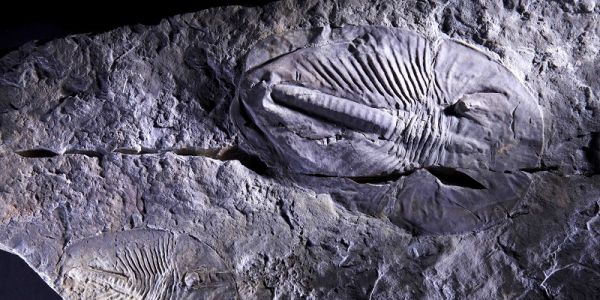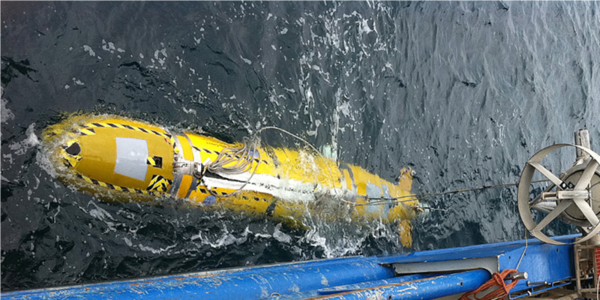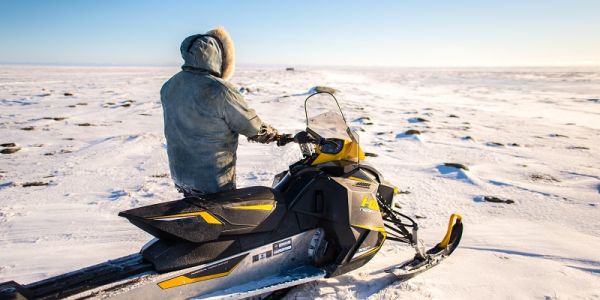
Nearly a quarter of West Antarctic ice is now unstable
In only 25 years, ocean melting has caused ice thinning to spread across West Antarctica so rapidly that 24% of its glacier ice is now affected, according to a new study.

In only 25 years, ocean melting has caused ice thinning to spread across West Antarctica so rapidly that 24% of its glacier ice is now affected, according to a new study.

New research reveals clues to a crucial period of rapid evolution in complex animals that began roughly 540 million years ago.

Analysis of water samples from the UK’s Humber estuary revealed high levels of pharmaceuticals, with ibuprofen found at some of the highest concentrations ever reported across the globe.

A new report sets out how Leeds could become a carbon neutral city by 2050 – and potentially by 2030.

The first large-scale survey of those working to protect the natural world has found general agreement on the goals of conservation – but significant divisions on how to achieve them.

New research has revealed how currents deep on the ocean floor are able to travel thousands of miles.

Today wildlife lovers across the UK have the chance to contribute to the first ever crowd-sourced nature diary to celebrate the first official day of spring.

Inuit communities’ travel skills and regional knowledge have helped mitigate the effects of Arctic climate change on travel conditions, according to a new study.

A new study suggests climate change will significantly alter rainfall patterns for key agricultural regions, but the worst effects could be mitigated by reducing greenhouse gas emissions.

Rain-repelling fluorochemicals used in waterproof clothing can and should be phased out as unnecessary and environmentally harmful, textile researchers argue.